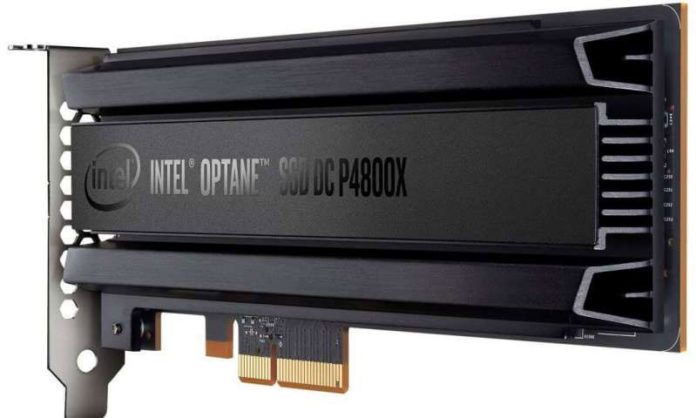Intel® Optane™ always tries to serve an unparalleled combination of high throughput, low latency, high quality of service, and high endurance. Now, the company has developed new Optane SSD technology for PCs with an Intel® Core™ processor. In other words, the SSD technology is an all-new premium class of memory that can change the ways we build and use computers.
Ali Raza, TechJuice said, “It reads and writes information on the storage faster than the NAND technology employed in current SSDs.”
This new Optane SSD technology is a combination of 3D XPoint™ memory media, Intel Memory and Storage Controllers, Intel Interconnect IP and Intel® software. All these building blocks serve a revolutionary leap to reduce latency.
According to TechSpot, it is the new king of enterprise SSDs.
Paul Alcorn, contributing editor said, “Optane is Intel’s all-encompassing brand name for the collection of technologies, including 3-D XPoint media, memory, storage controller, interconnects, and drivers, that power the DC P4800X.”
Its drives are non-volatile, like flash memory. That means it use relatively little standby power and that they’re fast, like DRAM.
In actual, 3-D XPoint is designed to bridge the gap between NAND and DRAM. The use of 3-D XPoint memory instead of NAND flash memory allows it to deliver great throughput and much lower access latency than any other NVMe SSD.
Features of this new Optane SSD Technology:
- Snappy responsiveness
- High speed with HDD capacity
- Platform confidence
- System acceleration
The cells in this Optane do not need transistors so the storage density can be up to 4 times that of standard DRAM. It provides incredibly fast speeds and access times of DRAM.
Bourzac said, “XPoint elements—situated at the crossing point of interconnects—can be addressed individually.” She said that according to James Myers, who works on nonvolatile memory architecture at Intel, this architecture, and something inherent to the storage materials themselves, makes 3-D XPoint faster than flash memory.”
Usman Pirzada, a senior editor said, “The MSRP for the 375GB P4800X is $1520. While it is bleeding edge tech at the moment, the price will eventually come down to more palatable levels and I have no doubt it will be able to disrupt the NAND industry then.”
